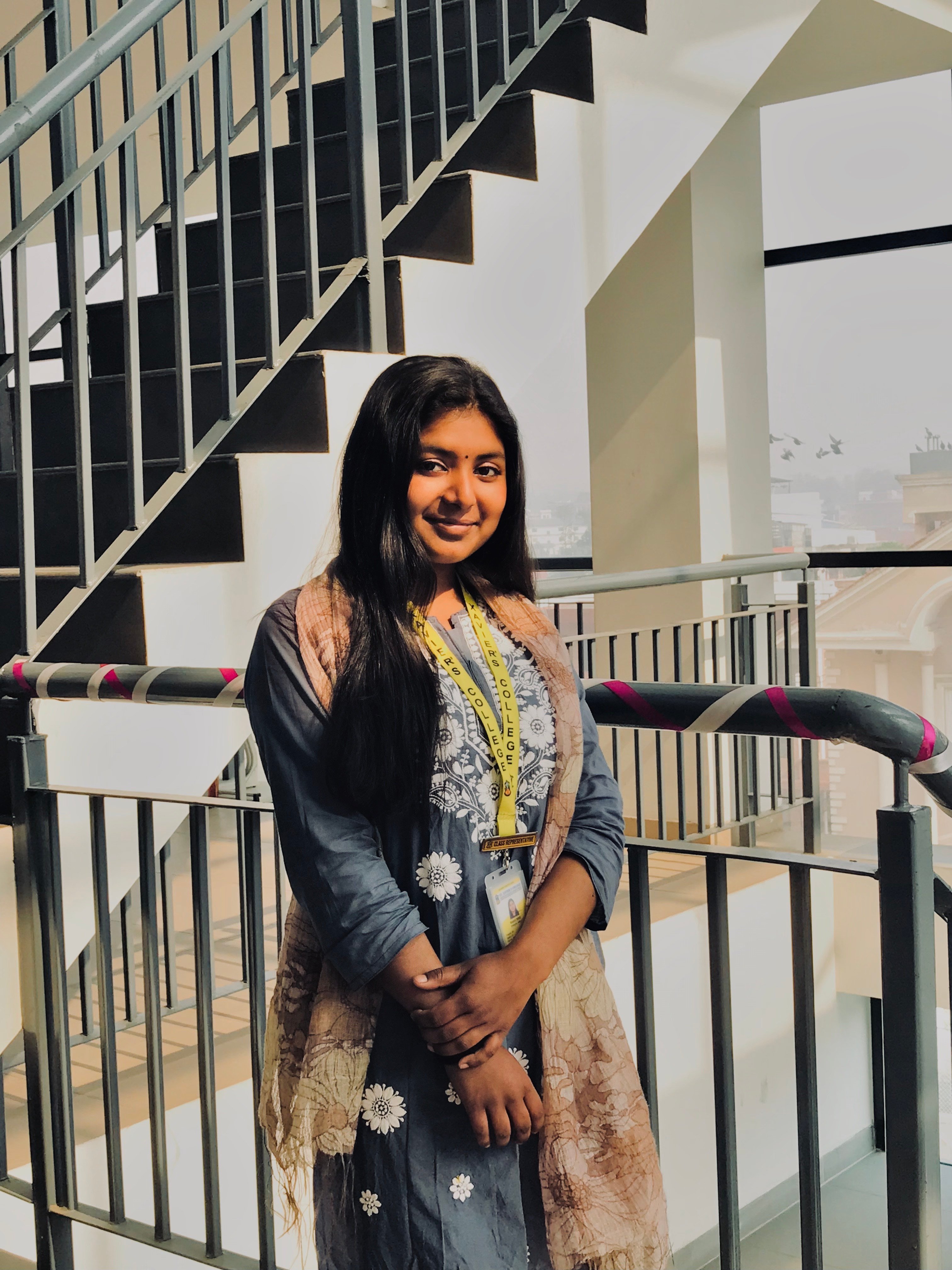Nepal's Pride: The Timeless Elegance of Dhaka Topi
_rcn1YzUXpY.jpg)
With each passing year, Nepal celebrates not just a changing calendar but an enduring symbol of heritage: the Nepali hat, an embodiment of pride and cultural identity.
January 1st marks Nepali Topi Diwas, honoring the significance of the Dhaka Topi, a cherished treasure within Nepalese heritage.
This iconic headwear, crafted from Dhaka cloth, carries profound symbolism. It mirrors the resilience and valor of Gorkhali heroes, adorning the heads of those who fearlessly defended their nation in global conflicts. It stands tall, akin to Mount Everest, signifying Nepali nationality and worn with deep reverence at weddings, festivals, and cultural gatherings across generations.
Rooted in history, the Dhaka Topi gained prominence during King Mahendra's rule (1955-1972), becoming a mandatory accessory in governmental photographs. These caps were once rented near Singha Durbar in Kathmandu, adorning the heads of Nepalese men and officials, often embellished with the khukri cross emblem. The inception of this cultural icon is attributed to Ganesh Man Maharjan, inspired by the elegance of Dambar Kumari's Dhaka attire from Banaras. Maharjan's visionary step led to a Dhaka cloth factory's establishment in Palpa in 1957. With perseverance and local craftsmanship, they produced fine fabric, shaping the iconic Dhaka Topi seen today.
The Dhaka Topi's diversity shines through its material—cotton, silk, or wool threads interwoven to suit varied occasions. Whether adorned with silk or wool for formal events or crafted with simpler cotton for casual gatherings, each cap exudes elegance. Distinct from the Dhaka Topi is the Bhadgaunle Topi, boasting a unique texture in black or brown, symbolizing Bhaktapur's heritage and predominantly worn by Brahmins and Chhetri’s. The Palpali Dhaka Topi, woven from Nettle fabric, reflects the craftsmanship of Limbu and Rai women, preserving an age-old tradition now threatened by modern machinery.
The Dhaka Topi's design speaks volumes, symbolizing Nepal's majestic mountains—a representation mirrored in its round base and towering stature. Despite modern fashion's evolution, the Dhaka Topi remains a beacon of Nepalese culture. While its everyday presence might have diminished, its essence thrives during cultural events and among certain communities.
Therefore, the Dhaka Topi embodies more than a piece of clothing; it represents Nepal's rich cultural heritage. It stands as a reminder that our traditions are not mere artifacts of the past but ongoing legacies to safeguard and pass on. It calls upon us to shield and promote our culture so that it remains a vibrant part of our identity. Let it serve as a guiding light, urging us to cherish and nurture our heritage, ensuring it remains integral to our identity for generations to come."
Happy Topi Diwas



Leave Comment